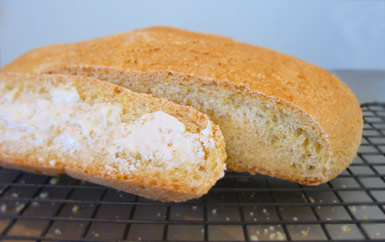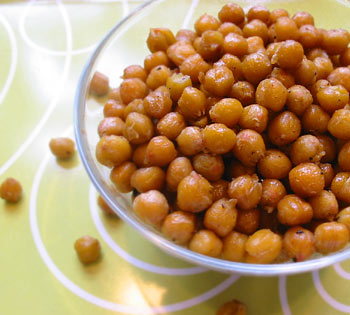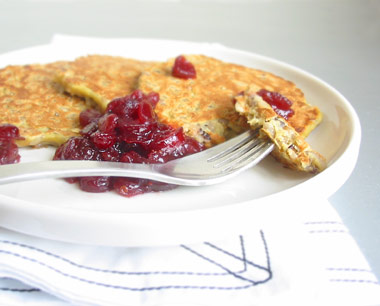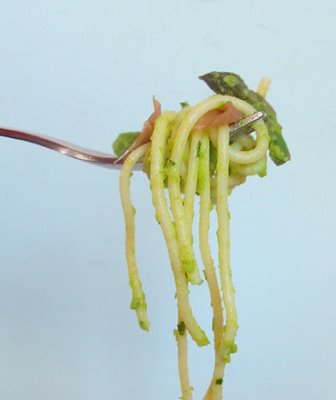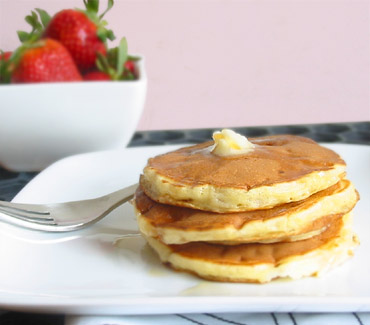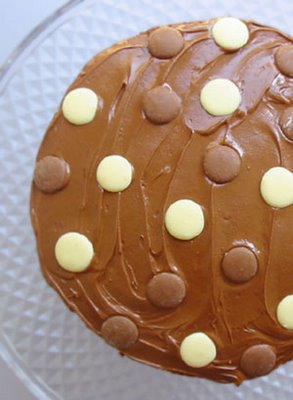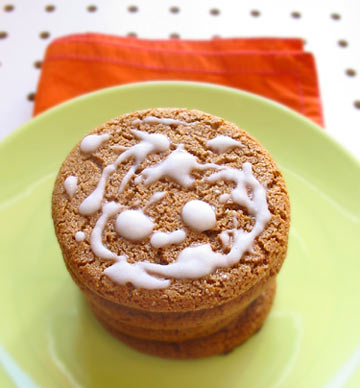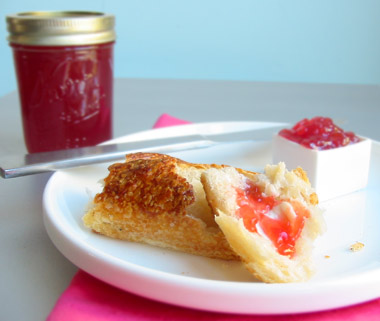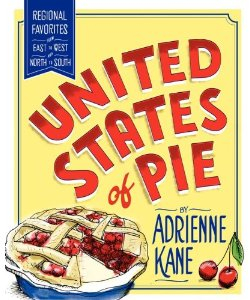 Beans can be perfectly bourgie! I was so entranced by my earlier bean discovery, I decided that beans were it for me, and that more of this perfect legume should be incorporated into my diet. So, flipping through Bittman’s How to Cook Everything, I stumbled upon a recipe for Mashed Fava Beans and Greens, that sounded like just the thing to pile on slices of grilled country bread to be eaten as an open-faced sandwich.
Beans can be perfectly bourgie! I was so entranced by my earlier bean discovery, I decided that beans were it for me, and that more of this perfect legume should be incorporated into my diet. So, flipping through Bittman’s How to Cook Everything, I stumbled upon a recipe for Mashed Fava Beans and Greens, that sounded like just the thing to pile on slices of grilled country bread to be eaten as an open-faced sandwich.
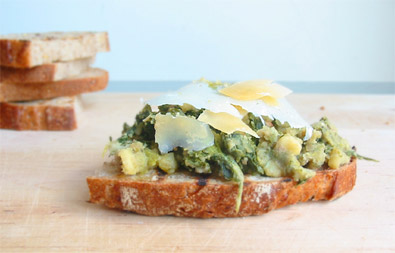 Crostini, or as we like to call it in America, The Open-Faced Sandwich, are a thing of beauty. Ideal in their composition, with just the right ratio of filling to bread, eaten perfectly civilized with a knife and a fork, or gobbled up by hand, I think it is true to say that I enjoy them more than I do the traditional sandwich…and this crostini was no different.
Crostini, or as we like to call it in America, The Open-Faced Sandwich, are a thing of beauty. Ideal in their composition, with just the right ratio of filling to bread, eaten perfectly civilized with a knife and a fork, or gobbled up by hand, I think it is true to say that I enjoy them more than I do the traditional sandwich…and this crostini was no different.
Garlicky and flavorful, these beans when doused with some good, green olive oil, and layered with shards of crumbly Italian cheese make for a wonderful lunchtime treat. This was the first time I had worked with dried fava beans. I love the fresh variety, despite the dreaded double shuck, but found the dried heartier and earthier. The delightful green color of fresh beans was missed, but I would cast aside my bias in color, in the name of a lip-smacking, midday meal.
If you are up for smashing beans to oblivion, try it out. Eat up!
Mashed Fava Beans and Greens
adapted from How to Cook Everything
1/2 pound dried fava beans
salt and pepper
1 pound greens, such as, dandelion, mustard, chard, collard
large pinch red pepper flakes
1 teaspoon minced garlic
2 tablespoons olive oil, plus extra for drizzling
Place beans in a large pot with enough water to cover. Turn the heat on to high, and bring to a boil.
Turn the heat down to simmer, and loosely cover pot. It will take anywhere from 30 to 60 minutes for the beans to cook, depending on the type of dried favas that you have. Split, and peeled will take less time, whole and unpeeled will take longer. As beans begin to soften, season with salt and pepper. Stir the beans occasionally, adding more water if necessary.
Meanwhile, bring a large pot of salted water to a boil. Cook the greens until tender, this again will take more time depending on the green. Drain well, and when cool enough to touch, chop coarsely.
Remove the cooked beans from water, rinse, and remove skins if necessary. Place shucked beans in a large bowl and mash with a potato masher, or large fork until smooth with some chunks still remaining. Place oil in a large skillet, fry the garlic and red pepper flake until garlic is translucent. Add the greens and sautee to heat through. Add mashed fava beans and continue sauteeing until well combined.
Taste for seasoning, then serve either alone, or with slices of grilled country or Italian bread. Drizzle with high-quality, green olive oil, and serve.
 For any of my long time readers, perhaps you remember my late summer trip to LA. Bagels were eaten, stars were spotted, and I even took a trip through the greater LA area, in search of programmatic architecture. Fun was had by all (well, maybe just me).
For any of my long time readers, perhaps you remember my late summer trip to LA. Bagels were eaten, stars were spotted, and I even took a trip through the greater LA area, in search of programmatic architecture. Fun was had by all (well, maybe just me).


 There is just something about homemade yeast bread. The earthy, slightly sweet smell eminating from a lump of dough, as it gradually warms and rises on your kitchen counter, there is nothing homier. For all of my waxing poetic about the miraculous discoveries of yeast products, let me put out the disclaimer that I am not a baker. Far from it in fact.
There is just something about homemade yeast bread. The earthy, slightly sweet smell eminating from a lump of dough, as it gradually warms and rises on your kitchen counter, there is nothing homier. For all of my waxing poetic about the miraculous discoveries of yeast products, let me put out the disclaimer that I am not a baker. Far from it in fact.